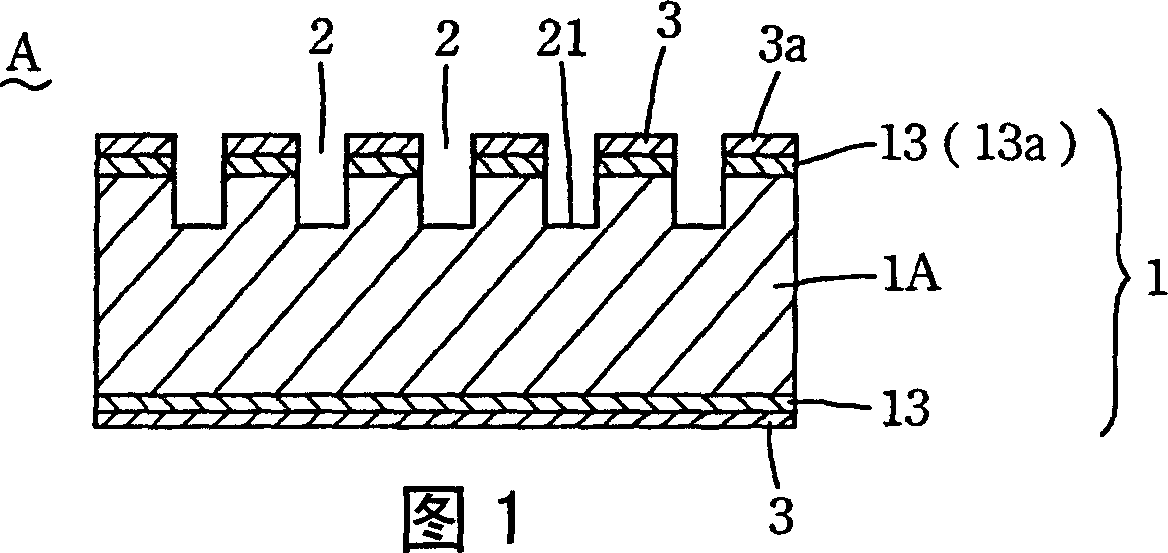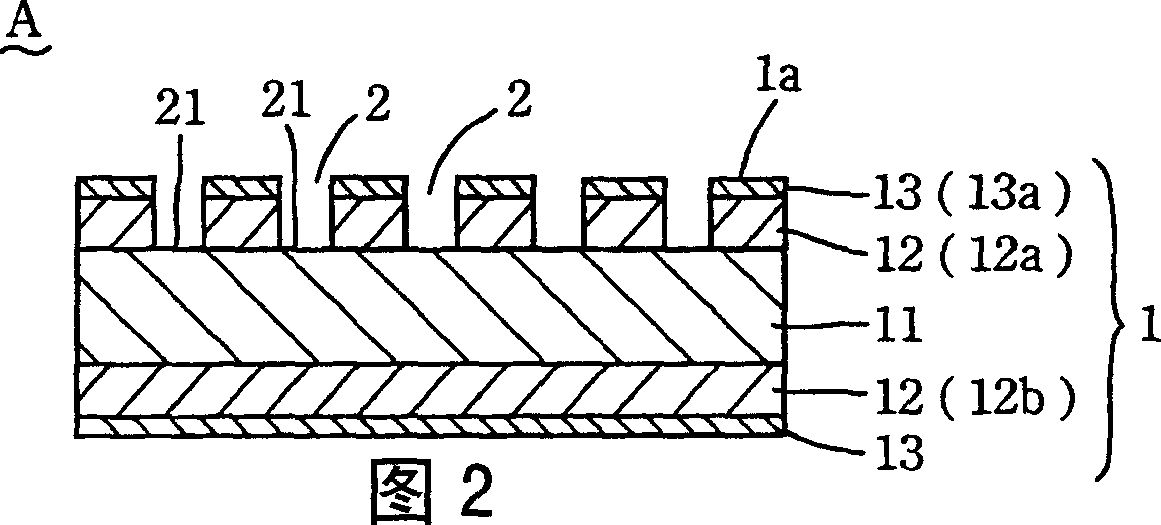Foam sheet for interior material of automobile and interior material of automobile
A thin-film, built-in technology, applied in the direction of sound-producing instruments, instruments, etc., can solve problems such as the influence of vibration degrees of freedom
- Summary
- Abstract
- Description
- Claims
- Application Information
AI Technical Summary
Problems solved by technology
Method used
Image
Examples
Embodiment 1
[0195] 50 parts by weight of a mixture of polyphenylene ether and polystyrene resin (manufactured by GE Plastics, trade name "NORYL EFN4230", polyphenylene ether: 70% by weight, polystyrene resin: 30% by weight) and polystyrene (Trade name "HRM-26" manufactured by Toyo Styrene Co., Ltd.) 50 parts by weight are mixed to form a modified polyphenylene ether resin (polyphenylene ether component: 35 wt%, polystyrene resin component: 65 wt%, glass transition Temperature: 132°C), the modified polyphenylene ether resin and 0.65 parts by weight of talc were supplied to the first extruder for melt kneading, and at the same time, 35% by weight of isobutane and normal 3.9 parts by weight of a volatile blowing agent composed of 65% by weight of butane, melted and kneaded at 300° C., and then continuously supplied molten resin to the second extruder connected to the top of the first extruder After adjusting the resin temperature to 206° C., the molten resin was extruded in a cylindrical sha...
Embodiment 2
[0201] A mixture of polyphenylene ether and polystyrene resin (trade name "NORYL EFN4230" manufactured by GE Plastics, polyphenylene ether: 70% by weight, polystyrene resin: 30% by weight), polystyrene (Toyo Styrene Modified polyphenylene ether resin (glass transition temperature Tg: 116°C) composed of high-impact polystyrene (trade name "E641N" manufactured by Toyo Styrene Co., Ltd.) and as a coloring Carbon black masterbatch (mastre batch) (Dainippon Seika Co., Ltd. product name "PS-M SSC 98H822A", carbon black: 40% by weight) was mixed so that the polyphenylene ether component was 20% by weight, and the styrene-based The resin component was 77.6% by weight, the rubber component was 2% by weight, and the carbon black was 0.4% by weight, and the mixed resins were simultaneously supplied to two extruders.
[0202] Thereafter, the modified polyphenylene ether-based resin sheet in a molten state immediately after being extruded from one of the two extruders was laminated on the ...
Embodiment 3
[0207] A mixture of polyphenylene ether and polystyrene resin (trade name "NORYL EFN4230" manufactured by GE Plastics, polyphenylene ether: 70% by weight, polystyrene resin: 30% by weight), polystyrene (Toyo Styrene Modified polyphenylene ether resin (glass transition temperature Tg: 113°C) composed of high-impact polystyrene (trade name "E641N" manufactured by Toyo Styrene Co., Ltd.) and as a coloring Carbon black masterbatch (trade name "PS-M SSC 98H822A" manufactured by Dainippon Seika Co., Ltd., carbon black: 40% by weight) was mixed so that the polyphenylene ether component was 16.8% by weight and the styrene-based resin component was 81.2% by weight. % by weight, the rubber component was 2.6% by weight, and the carbon black was 0.4% by weight, and the mixed resins were simultaneously supplied to two extruders.
[0208]On the other hand, except that the volatile foaming amount was specified as 3.5 parts by weight instead of 3.9 parts by weight, the temperature of the resi...
PUM
| Property | Measurement | Unit |
|---|---|---|
| area | aaaaa | aaaaa |
| thickness | aaaaa | aaaaa |
| glass transition temperature | aaaaa | aaaaa |
Abstract
Description
Claims
Application Information
 Login to View More
Login to View More - R&D
- Intellectual Property
- Life Sciences
- Materials
- Tech Scout
- Unparalleled Data Quality
- Higher Quality Content
- 60% Fewer Hallucinations
Browse by: Latest US Patents, China's latest patents, Technical Efficacy Thesaurus, Application Domain, Technology Topic, Popular Technical Reports.
© 2025 PatSnap. All rights reserved.Legal|Privacy policy|Modern Slavery Act Transparency Statement|Sitemap|About US| Contact US: help@patsnap.com



